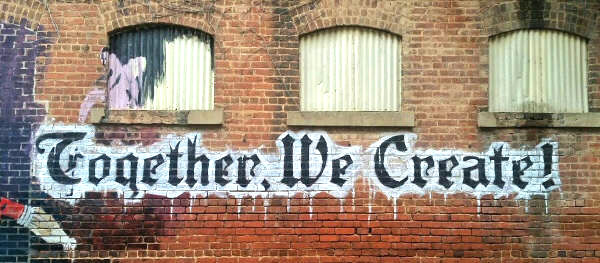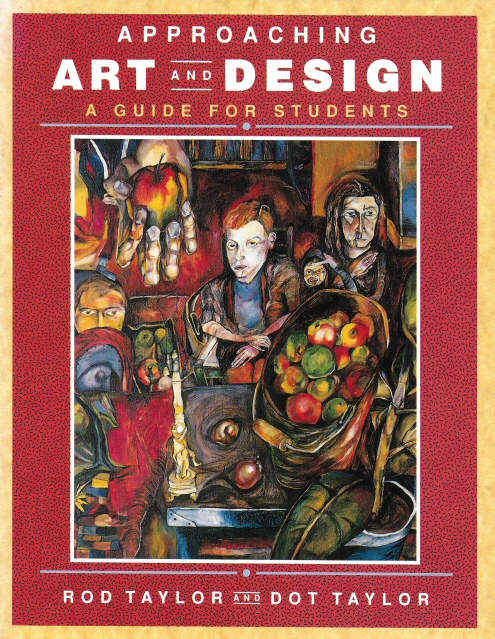
eParenting is supported by our readers. When you purchase through a link on this page, we may earn commission.
Writing a Personal Study for A-Level Art and Design

Image Credit: Ricardo Viana
If your child is studying for A-Levels in any Art and Design related subjects, chances are they will have to present a personal study.
The personal study is an investigation into a particular subject that a person studying A-Level art is interested in and wants to make a deeper exploration of. It may cover a particular artist, school of painting or a comparison of several artists work.
So, whether they are doing fine art, painting and drawing, arts and crafts, graphic communication, photography, sculpture, 3D, textiles or design technology, here are some tips for them on how to get the maximum marks.
I am writing this article from personal experience; I've written two personal studies, one for A-Level Art and Design: Photography and one for A-Level Art and Design: Painting and Drawing.
What Topic Should I Do My Study On?
The personal study should, first and foremost, be about a topic that interests you. You will do a much better job, and will be much happier reading and looking at artworks on a particular subject if it is something you are interested in.
Think about artists or art movements whose work you feel strongly about. Passion makes the writing much easier.
Secondly you should pose yourself a question that you will answer in the course of the study. It is much easier to write a study when it has a specified purpose.
Here are some ideas:
- Compare and contrast the work of two painters. Choose two that have some similarities, maybe in subject matter or the time they lived in. Discuss the similarities and then the differences. You can focus on just one area of their work if they were prolific. E.g. Braque and Picasso, Hirst and Emin, Magritte and Dali.
- Discuss what has influenced an artist's work. The influence of African art on Picasso and the Cubists has been done rather a lot, so how about van Gogh and Japanese art, the influence of the pre-Raphaelites on surrealism, the influence of primitive art on sculptors such as Henry Moore and Barbara Hepworth.
- How has one artist's work influenced many? Photographers like Henri Cartier-Bresson and Ansel Adams have influenced hundreds of other photographers.
- Of course you can think of any question to set yourself. Was Turner the first impressionist? Was Andy Warhol prophetic in his obsession with celebrity culture?
Making Your Personal Study Personal
Next the study should be PERSONAL. This means it should be about your response to the works of art. How does it make you feel? What story does it tell you? What do you conclude from looking at the picture, sculpture, or photograph?
Your study should be about your opinions and feelings. You can refer to other people's interpretations of a piece but you should always state this and never pass these opinions off as you own. Always write it in quotations and give the author's name.
A personal study is not just a biography of the artist. You will get few marks for simply re-writing a book on an artist's life.
Biographical details should be brief and could be included as an appendix if you have too many words! Also, this is an art project, so make your study visual with lots of examples of artists works, diagrams and your visual responses to the works.

Image Credit: My Life Through A Lens
What Should My Personal Study Include?
You should of course always refer to the syllabus for your particular exam board, but here are a few suggestions of things to include in your study.
- Introduction. State the purpose of the study that is, the question that you are going to answer or the theme which you are going to explore.
- Make an analysis of at least two pictures by each artist in your study. Describe the picture, how it makes you feel, what it tells you. Is it relaxing or energetic, narrative or impressionistic?
- Visit galleries to view original works and write about your visit. How does it feel to view an original work compared with seeing a reproduction? Were the colours different? Was it bigger or smaller than you imagined? Exciting or disappointing?
- Conclusion. What is the answer to your question. What have you found out? Was it what you expected or were you surprised by it?
- Add a bibliography and list any other resources that you used, such as museums and galleries that you have visited or websites that you have used.
Remember that there is no 'right' answer to your study; you simply have to show that you have thought about the artist's work.
Recommended Books
These are two books that I found invaluable during my A-Level Art course.

The Story of Art - E.H. Gombrich
A bestselling history of art book and quite rightly so. From prehistory to the present day, this book is so well written that you can read it for pleasure.
This book is an investment, because if you decide to continue studying art you will still be referring to it all the time.

Approaching Art and Design: A Guide for Students - Rod Taylor and Dorothy Taylor.
Sadly out of print but you may be able to find it secondhand or in your local library.
This is a book which gives an approach to studying A-Level art and shows you the standard required to succeed. It emphasises the importance of basic drawing skills, then shows how to develop drawings into a final piece of work. It does mainly focus on drawing and painting skills but is also relevant to 3D and Textiles.
Finally, best of luck with your A-Level art!
Updated 2nd March 2023